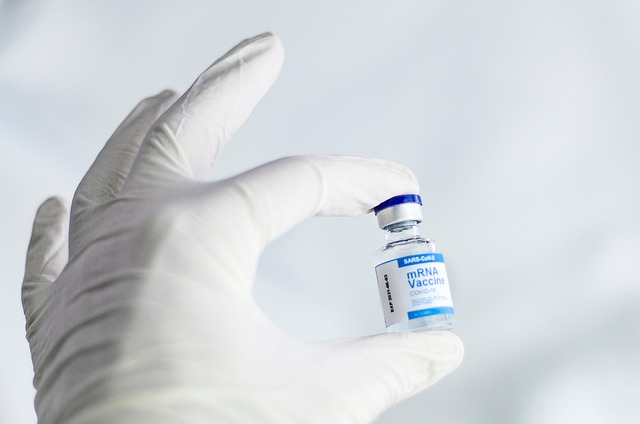TL;DR: Indoor humidity levels between 30% to 50% are optimal for health and prevent mold growth. High humidity fosters mold, posing health risks and causing property damage. To avoid mold, effectively manage indoor humidity using devices like humidifiers and dehumidifiers, seal moisture entry points, address leaks promptly, and monitor levels with hygrometers placed away from heat sources. Regularly check humidity in moist areas, maintain 30-50% relative humidity, and implement best practices such as improving ventilation, cleaning humidifiers, sealing gaps, and inspecting AC units to prevent mold growth for a healthy living environment.
Managing indoor humidity effectively is crucial for maintaining a healthy living environment and preventing mold growth. This comprehensive guide delves into the intricacies of understanding humidity, its impact on mold, and offers practical strategies to measure, monitor, and control it. Discover the best ways to avoid mold by implementing evidence-based practices that ensure optimal humidity levels, enhancing air quality, and fostering a safe, comfortable home.
- Understanding Indoor Humidity and Its Impact on Mold Growth
- Best Practices for Measuring and Monitoring Humidity Levels
- Effective Strategies to Control and Reduce Indoor Humidity
Understanding Indoor Humidity and Its Impact on Mold Growth

Understanding Indoor Humidity and Its Impact on Mold Growth
Indoor humidity plays a pivotal role in maintaining a healthy living environment. It’s crucial to know that optimal humidity levels typically range between 30% to 50%. Levels above this range can create an ideal breeding ground for mold, a type of fungus that thrives in moist environments. Mold growth not only poses health risks but also damages property. It can cause allergic reactions, respiratory issues, and even exacerbate existing conditions like asthma.
To avoid these issues, it’s essential to adopt the best ways to avoid mold by managing indoor humidity effectively. This involves using humidifiers and dehumidifiers to maintain optimal levels, sealing off potential entry points for moisture, and promptly addressing any water leaks or sources of condensation. Regularly monitoring humidity levels with a hygrometer can also help in taking proactive measures to prevent mold growth.
Best Practices for Measuring and Monitoring Humidity Levels

To effectively manage indoor humidity, it’s crucial to understand and monitor levels consistently. The best way to measure humidity is with a hygrometer, a device that tracks moisture content in the air. Digital models offer precise readings and some even allow for remote monitoring via smartphone apps. Placement is key; avoid placing hygrometers near heat sources or windows as these can skew results.
Regularly checking humidity levels throughout your home, especially in areas prone to moisture like bathrooms, kitchens, and basements, will help you identify problem areas. Many experts recommend keeping relative humidity between 30-50%. This range is optimal for comfort and prevents the growth of mold, one of the best ways to avoid mold-related issues and ensure a healthy living environment.
Effective Strategies to Control and Reduce Indoor Humidity

Controlling indoor humidity is crucial for maintaining a healthy and comfortable living space, as well as preventing the growth of unwanted mold. The best ways to avoid mold involve active humidity management. Start by identifying sources of moisture within your home, such as bathrooms, kitchens, and areas with high condensation. Ensure proper ventilation in these spaces by using exhaust fans during activities like showering or cooking. Regularly cleaning and maintaining humidifiers can also help, as can utilizing dehumidifiers in affected areas. Monitoring indoor humidity levels with a hygrometer allows you to set specific goals for comfort and prevent excess moisture buildup.
Additionally, seal any gaps or cracks around windows and doors to limit outdoor air intrusion, which can introduce moisture. Use weatherstripping and caulk to create an airtight barrier. Efficient insulation is another key strategy, as it helps regulate temperature and reduces condensation on cool surfaces. Regularly inspecting and cleaning air conditioning units can further mitigate humidity issues. By implementing these effective strategies, you can not only control indoor humidity but also significantly reduce the risk of mold growth, creating a healthier living environment for all.
